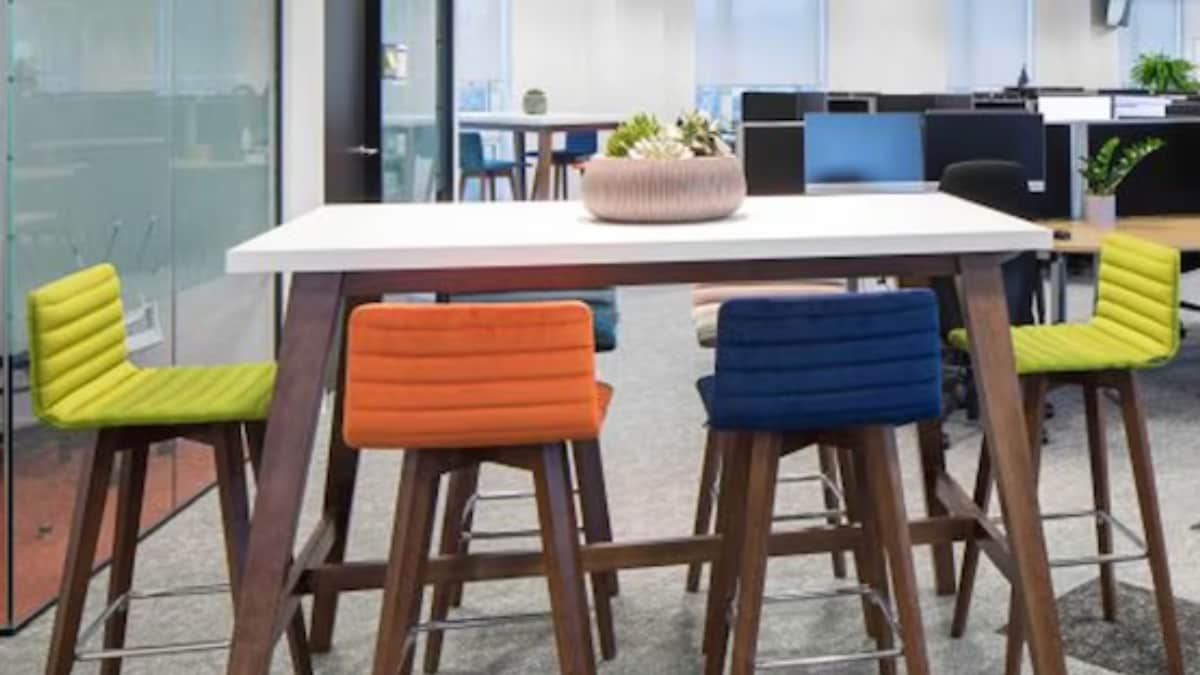Last Updated:

Hot desking can boost productivity by eliminating distractions. (Representative Image)
Hot desking, also known as activity-based working or flexible seating, is a workplace system where employees don’t have assigned desks.
In today’s fast-paced business world, traditional office layouts are evolving to accommodate the changing needs of employees and companies. One such trend gaining popularity is hot desking. In an era where flexibility and cost-efficiency dominate workplaces, the hot desking trend has emerged as a solution that caters to the changing needs of businesses and employees. But what exactly is hot desking and how does it work? Let’s dive in to know more.
Hot desking, also known as activity-based working or flexible seating, is a workplace system where employees don’t have assigned desks. Instead, they choose a workspace on a first-come, first-served basis or based on their specific needs for the day. Corporate giants and remote-friendly companies worldwide are incorporating this trend to reduce real estate costs, optimise space and adapt to a workforce that increasingly values remote and hybrid working models.
Benefits Of Hot Desking Trend:
Tidy Office, Tidy Mind: If desk booking is done correctly, it helps prevent overcrowding and ensures everyone has a place to work. This results in a clutter-free office, which improves everyone’s working environment.
Rotational Use: Companies may assign desks to teams or project groups and switch workstations based on the schedule. This guarantees the efficient use of space, even in situations where some employees work remotely.
Improved Productivity: Hot desking can also boost productivity by eliminating distractions and enhancing a more focused work environment.
Cost Saving: All employees share common areas like phone booths, conference rooms and quiet zones, which reduce the need for individual workstation and save money. Using available space more effectively can also be helpful for smaller businesses and startups.
Collaboration: Desk booking encourages employees from different office areas to interact, collaborate and share knowledge among themselves.
While hot desking has several advantages, it has some major drawbacks too. The lack of personal space and the everyday struggle to find a desk can be frustrating for some employees. In addition to that, it can pose security risks if sensitive information is left unattended. Hot desking can also have hygiene concerns, with shared workspaces requiring strict cleaning protocols to maintain safety.
